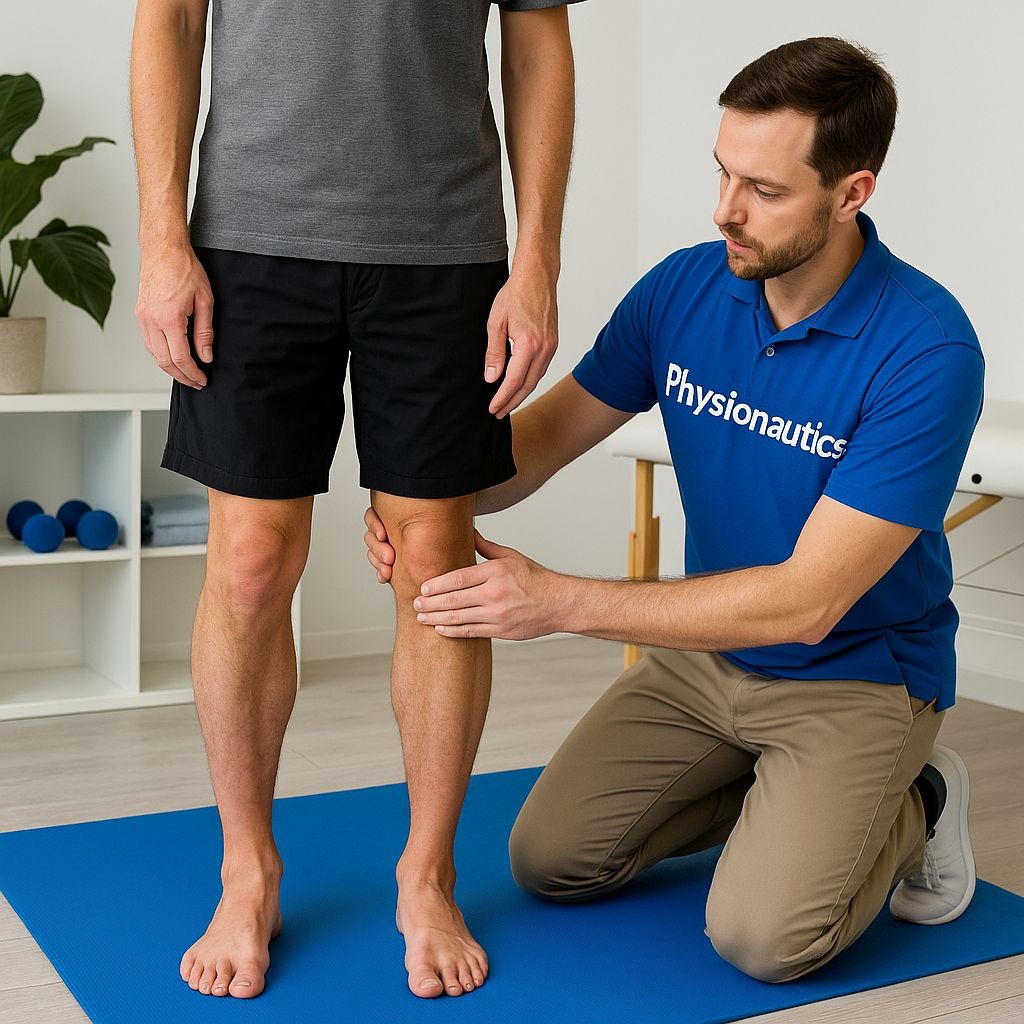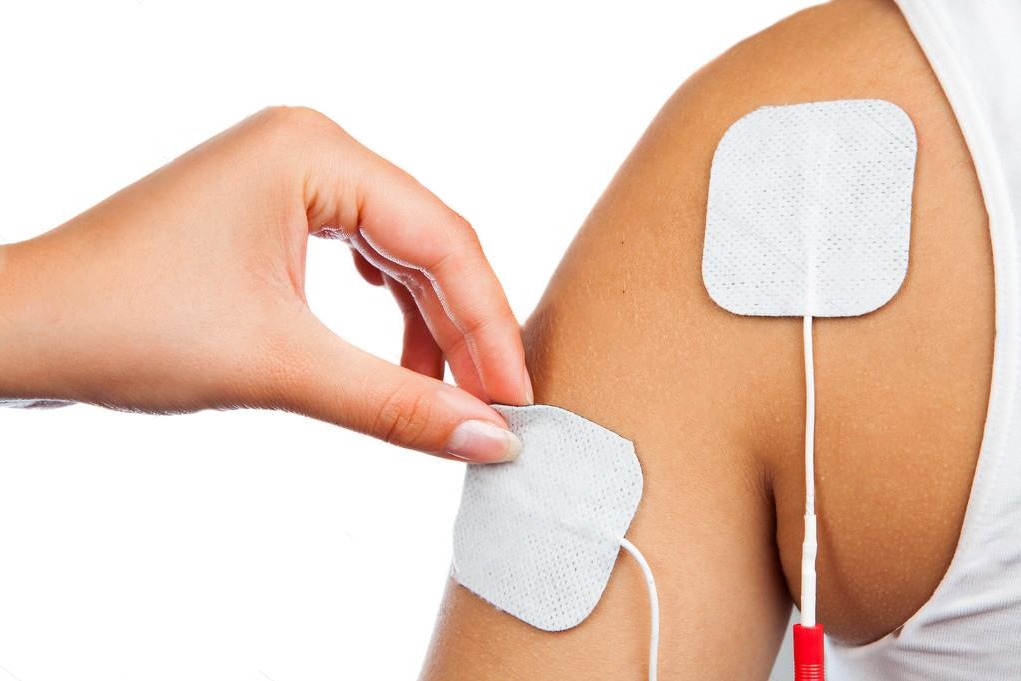



Interferntial Therapy Dr. Nemec first proposed interferential treatment (IFT) in the early 1950s. He hoped to preserve the purported therapeutic benefit of low-frequency currents while resolving the discomfort issues they created. It vanished in the 1970s when Melzack and Wall's research on the mechanics of pain revealed that primary afferent neurons may be stimulated to lessen pain. Alternating medium-frequency electrical currents are administered transcutaneously to the body in a way that creates amplitude-modulated low frequency currents for therapeutic purposes. It occurs when two distinct medium frequency currents are applied simultaneously, creating a low frequency current in the bodily tissue. Two distinct medium frequency currents interfere to produce the low frequency current.A+ medium frequency Low (therapeutic) frequency C = medium frequency B Present However, why are two medium frequency currents being used? •Medium frequency currents are more pleasant than low frequency currents because they are linked to a reduced skin resistance (impedance). •A more bearable passage of electricity into the skin is achievable with a medium frequency.Features of the IFC The interferential current is created using two medium frequency currents. They are referred to as carrier waves since they are only employed to create an interference current and gain a deeper penetration without stimulating muscles or nerves. • Current A: f1 is the machine's set current, also known as the 'intrinsic/carrier frequency.' It is typically at 4000 Hz, though it can also be at 2 000 Hz or 6000 Hz. • Present B: the therapist sets this one; it has the same amplitude but a little higher frequency. It is preferable to have f2 'swing' within a range of frequencies as this restricts adaptation and habituation to current. f2 would vary between 4001 Hz and 4150 Hz.Region of Interference Static Interference: When an interference current is set up, the area stays motionless. This region of static interference, which is at a 45º angle to the perpendicular lines from each electrode, appears as a clove leaf due to the vector addition of two currents. Dynamic Interference: The region where the interference current is generated can be moved back and forth through 45 degrees. It is achieved by appropriately altering the present intensity. Other names for this dynamic area of interference are rotating vector, vector sweep, and vector scan. There are 45, 90, and 360° C vector scans available.Benefits Pain relief: IFT works well to lessen pain brought on by a number of ailments. Muscle contractions can be induced by it, which may aid in the rehabilitation and strengthening of muscles. Decreased inflammation: IFT may aid in lowering edema and inflammation in the afflicted area. Increased blood flow: IFT can aid in healing by supplying the tissues with oxygen and nutrients by increasing blood flow. Tissue repair: IFT is also believed to support tissue regeneration and repair.Conditions addressed: Musculoskeletal disorders: IFT is frequently used to treat ailments like joint, neck, and back pain as well as arthritis. Pain following surgery: It may help control pain following surgery. Chronic pain syndromes: IFT is a useful tool for treating chronic pain. IFT may be useful in lowering edema, or swelling. Sports injuries: It's frequently used to treat injuries sustained in sports.Contraindications: IFT is not advised in some situations, such as when a pacemaker is present or when a particular form of malignancy is present. Side effects: Although usually harmless, some people may get slight skin irritation or tingling.
We hate spam too.